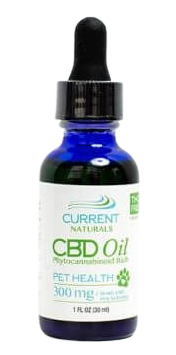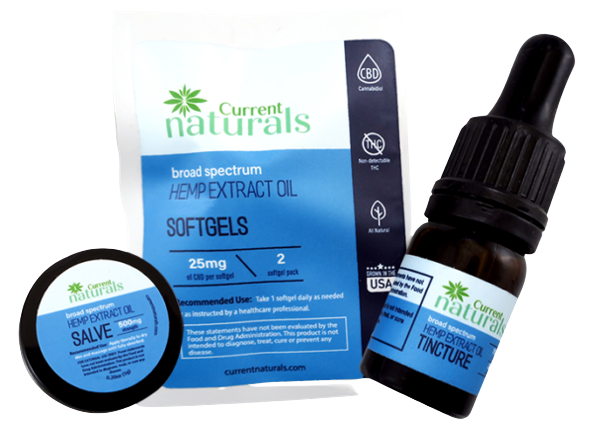HEMP EXTRACT EDUCATION
WHAT IS Hemp Extract?
Hemp extract(cannabidiol) is a non-intoxicating cannabinoid, derived from the cannabis plant, known for its potential numerous health benefits. This extract is obtained through various extraction methods, such as CO2 extraction or solvent-based extraction, resulting in a concentrated form of cannabinoids, terpenes, flavonoids, and other beneficial plant compounds. Hemp extract is utilized in various forms, including oils, tinctures, capsules, topicals, and edibles.
In the case of Current Naturals, all products are broad spectrum, meaning all our products have been extracted to have THC levels removed to non-detectable levels, so that you can experience all of the benefits without any psychoactive effects.
Hemp Extract Oil has become an increasingly popular natural remedy for its positive impact on human health and well-being.
WHY YOU SHOULD TAKE IT?
Hemp Extract oil has quickly become popular with more and more people looking to take advantage of its balance and wellness benefits! Many clinical trials carried out to date are trying to determine hemp extract effectiveness in potentially helping a range of conditions.
How does Hemp Extract Work in the Body?
The endocannabinoid system (ECS) is a group of endogenous cannabinoid receptors located in the brain and throughout the central and peripheral nervous systems, consisting of neuromodulatory lipids and their receptors.
The endocannabinoid system exists to respond to endogenous cannabinoids produced by the human body. However, scientists have learned that the system will also recognize and respond to cannabinoids from external sources, including the phytocannabinoid cannabidiol. According to the National Institutes of Health, manipulating the endocannabinoid system by introducing external cannabinoids could be beneficial to overall wellness. The key role for endocannabinoids is to promote “homeostasis” which is a state of balance and harmony.
This biochemical communication system (ECS) in our body, also referred to as our central control panel, contains cannabinoid receptors located throughout the body known as CB1 and CB2.
what are the different types of Hemp Extract products?
Hemp Extract salves and lotions
Topical solutions moisturize and nourish skin while also providing the wellness benefits of hemp extract.
WHAT Hemp Extract CAN DO FOR YOUR PET(S)?
Our pets are just like us in that they also have an EDC system. So, all of the great wellness and balancing benefits that you experience while taking hemp extract are also possible for your dogs, cats, and even horses.
WHAT is a hemp extract tincture?
A hemp extract tincture is liquid hemp extract extract suspended in a carrier oil. This is probably the most common method of taking hemp extract. Tinctures are available in a variety of strengths, simple to administer with only a few drops under the tongue, and come in tasty flavors like peppermint.
What is a Hemp Extract gel capsule?
Not everyone enjoys the earthy flavor of the hemp extract tincture or they want to take their hemp extract on the go with them without the risk of leakage. Hemp Extract gel capsules offer the same great benefits as the other forms, but are easy to take anywhere.




